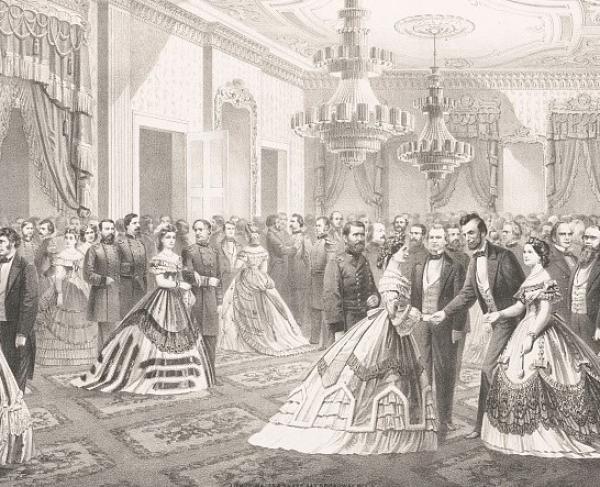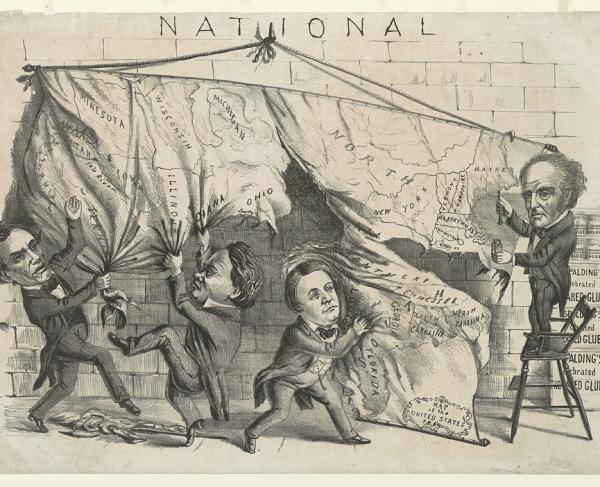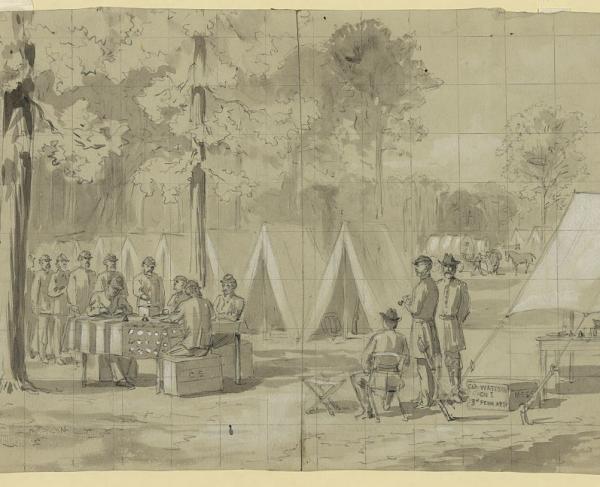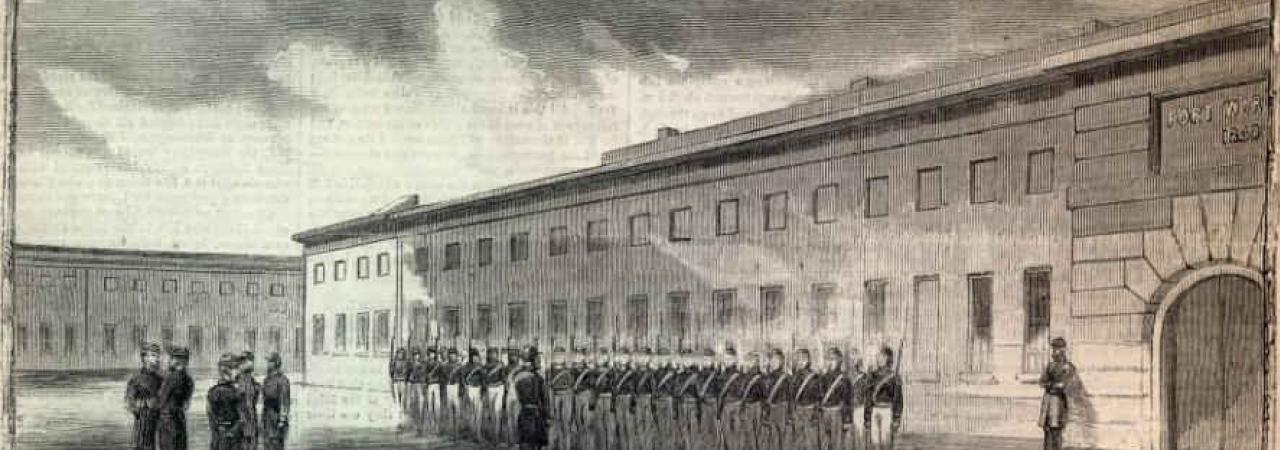
Fact #1: When the Civil War began, Boston banks quickly loaned money to transport Massachusetts troops.
War is not cheap. And when the American Civil War broke out in 1861, Boston banks lent money to the state to transport Massachusetts troops. The banks loaned $3.5 million dollars (in 1861 value).
Fact #2: More than 100 Boston businessmen organized a fund to help support families of men recruited for the army.
Leaving home for to serve one’s country is never easy, let alone if that person must provide for his family. In Boston, many prominent businessmen who did not join the army (due to their age or wealth) started the Massachusetts Soldier’s Fund which helped support the families of the men who were serving the Union.
Fact #3: Much like the American Revolution, the state had their own “Minute Men” which mustered in Boston.
When President Lincoln called for volunteers, Massachusetts quickly answered the call. It was the first state to respond and about 3,000 men reported for duty the next day. These men were part of the Massachusetts 6th and 8th regiments, marched to Faneuil Hall and given their equipment. They responded so fast that they were dubbed the “Minute men of 61.”
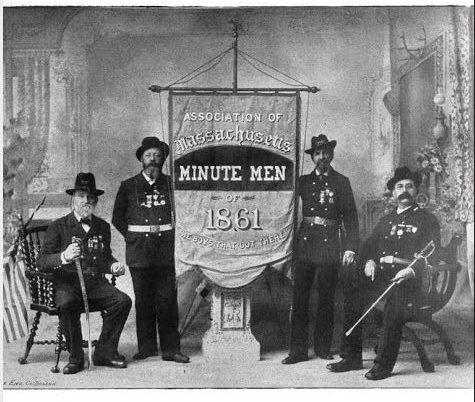
Fact #4: A Confederate ship sailed into Boston harbor the same day the Civil War began.
When the Civil War began on April 12, 1861, a southern ship flying a Confederate flag sailed into Boston. Hundreds of citizens gathered at the docks and demanded the captain lower the flag to replace it with the stars and stripes. After the captain completed the demand, the citizens took the Confederate flag and ripped it to pieces.
Fact #5: Boston harbor held a fort that would be used to confine Confederate prisoners.
Being a major port, Boston had several defensive forts used against possible naval attack one of these forts, Fort Warren, was deemed ineffective as a defense so officials decided to use it as a prisoner of war camp. Over 1,000 Confederate prisoners were held at the fort, only 13 of whom died. Fort Warren had a reputation for being very humane when compared to other POW camps at the time.
Fact #6: Boston had a very large Irish population before and during the war.
Many Irish immigrants lived in Boston when the war began. Some were not for abolition due to free blacks competing for jobs, but they eventually felt a patriotic duty to fight for the Union. Many joined an all-Irish brigade the 9th Massachusetts Regiment. After receiving their training, they marched to the State House in Boston in late June 1861 where Governor Andrew awarded them their regimental flag and an Irish flag.
Fact #7: The Boston Draft Riots of 1863.
The Civil War was not the first war to institute a draft, but it did come with the most opposition. In Boston, a riot started on July 14, 1863 over the drafting of working class Irish immigrants. One draft agent was beaten twice and the local police and state militia were called in to protect armories in the city. Though there were still some angry citizens that night, by the next day the situation was diffused.
Fact #8: The first black regiment organized in the north was trained near Boston.
Having completed their training at Camp Meigs, the all-black 54th Massachusetts Infantry Regiment marched into Boston to the State House where they were given their regimental colors. An estimated twenty thousand people came out to see their march and in attendance of the color ceremony were William Lloyd Garrison, Wendell Phillips, and Frederick Douglass.
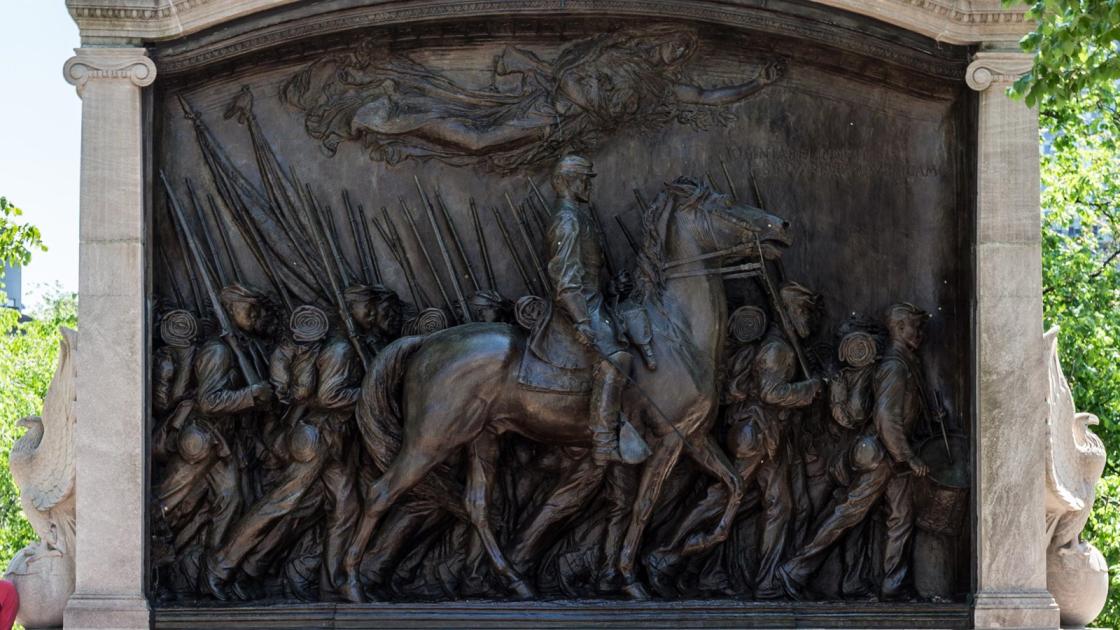
Fact #9: John Wilkes Booth first planned the kidnapping of President Lincoln while in Boston.
John Wilkes Booth, the would-be assassin of President Abraham Lincoln, first planned to kidnap him. On July 26, 1864, he met with several men at the Parker House Hotel in Boston to plan the kidnapping. The plot failed, but Booth would return to Boston close to the surrender of the Confederacy. He was in the city on April 5th and 6th… he was even seen at a local firing range practicing with his pistol.
Fact #10: The Charlestown Navy Yard was one of the most productive yards during the war.
Boston is known for its shipbuilding and when the Civil War began, she was called upon again to build ships for the Union Navy. Workers at the yard built, repaired, or remodeled more than 170 warships during the war. This number included private ships converted to warships and nearly ten ironclad warships.
